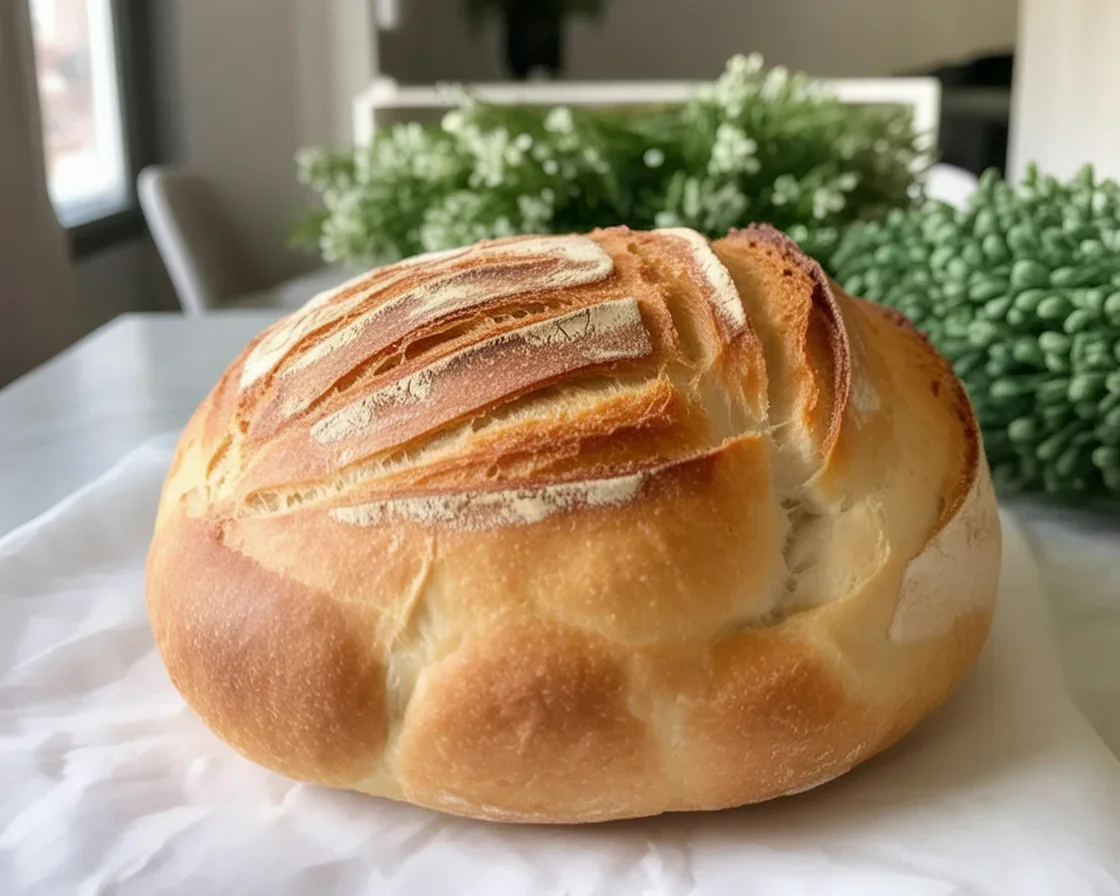Ever get this wild craving for homemade bread, but then sigh because gluten free baking sounds like rocket science? Pink salt sourdough gluten free recipe—I know, that’s a mouthful—totally cracked the code for me. Wait, isn’t sourdough crazy complicated, especially without gluten glue? That’s what I thought too! Promise, if you can stir and wait (and, um, ignore dough for a few hours), you’re most of the way there. If you love sweet breakfasts, by the way, you might want to peek at these epic gluten free sourdough cinnamon rolls; and for the serious savory peeps, the pink salt trick gluten free bread changed my sandwich game.
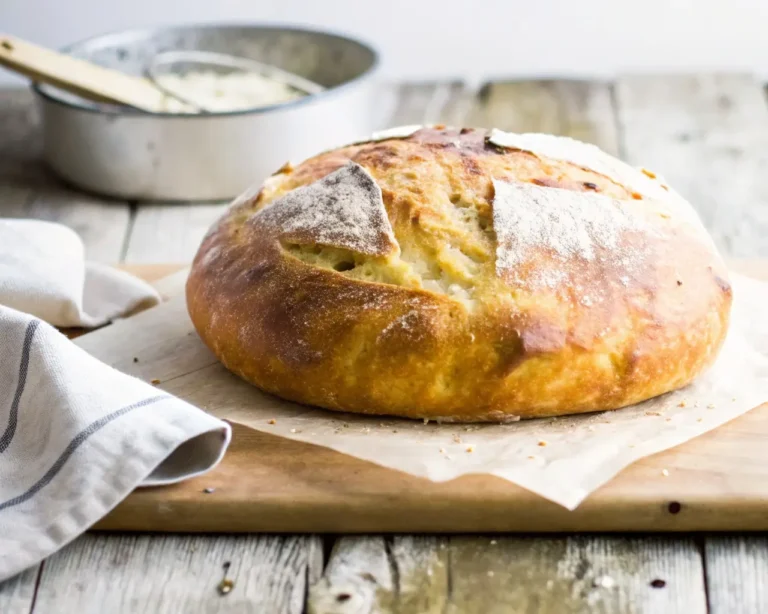
Pink Salt Sourdough Bread Gluten Free
A simple and delicious recipe for homemade gluten free himalayan salt sourdough bread made with pink salt, perfect for beginners and seasoned bakers alike.
- Total Time: 70 minutes
- Yield: 1 loaf
Ingredients
- 2 cups gluten free flour
- 1 cup bubbly sourdough starter
- 3/4 cup water
- 1 1/4 tsp pink salt
Instructions
- Mix 2 cups gluten free flour with 1 cup bubbly starter.
- Add 3/4 cup water slowly, mixing until well combined.
- Sprinkle in 1 1/4 tsp pink salt and stir until sticky.
- Cover with a towel and let it rise in a warm place for 5-6 hours until puffy.
- Scrape the dough into a loaf pan and smooth the top with wet fingers.
- Bake at 430°F (220°C) for 50-55 minutes until golden and hollow-sounding when tapped.
- Cool before slicing.
Notes
For added flavor, consider mixing in seeds or a drizzle of olive oil before baking. Store in the freezer if not consumed within a day.
- Prep Time: 15 minutes
- Cook Time: 55 minutes
- Category: Bread
- Method: Baking
- Cuisine: General
- Diet: Gluten Free
Understanding the Basics of Sourdough

Let’s just clear something up right away—sourdough isn’t some mystical, elite club (well… maybe a little magic). All you really need is flour, water, a pinch of patience, and some sort of salt. Himalayan pink salt makes the crust sing—honestly, it makes you look like a five-star baker with barely any effort. The main reason sourdough bread feels different is the way it “grows.” You use a starter, not little packets of yeast. Nature does her thing, giving your bread those tangy vibes and that classic, stretchy crumb—well, kind of stretchy for gluten free bread anyway.
If you ever drooled over crusty loaves in bakeries and wondered if you can make one at home without gluten, let me tell you, I’m on the same team.
When you make gluten free sourdough, take all the regular bread rules—smush them up—you’re on a new adventure here.
Not weird science. Just a fun, slightly unpredictable, kitchen experiment.
Want to understand exactly why Himalayan pink salt makes such a difference in gluten-free baking? I’ve put together a complete guide to Himalayan pink salt recipes that covers the science behind grain size, timing, and how pink salt strengthens gluten-free dough structure—from crackers to cookies to this sourdough you’re about to make.
“I was nervous about trying gluten free sourdough, but after my first loaf using pink salt, I was hooked. The flavor! So worth it.”
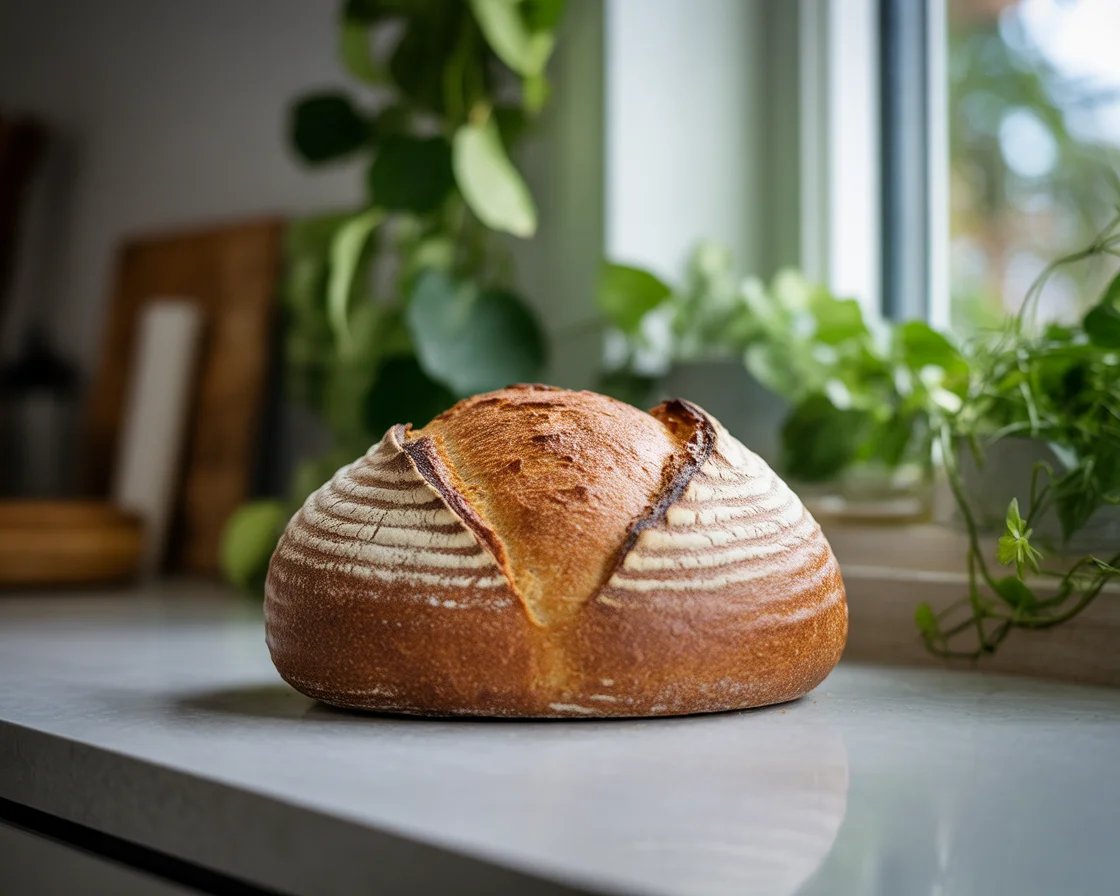
Addressing Common Sourdough Concerns
Look, let’s just talk about the elephant in the mixing bowl. Almost everyone says, “Gluten free sourdough will never taste, look, or feel right.” I’ve totally muttered this while gnawing on dense bread-impersonators.
I thought my dough was too runny, or that waiting hours for it to rise was a waste. Weird bubbles, longer bake times, and sometimes a loaf that looked… let’s just say humble. But it’s so normal—gluten free sourdough bread just acts differently.
The big secret is, don’t fuss over the dough looking perfect. It’s often sticky, even kinda ugly, but after baking? Golden. Also, pink salt isn’t just for Instagramming—there’s something about it that makes the flavor just pop (maybe that’s just me).
I found that mistakes are just funny stories for later. And if you want some actual easy recipes for those “flops,” these himalayan pink salt gluten free crackers use up those misadventures and still taste amazing.
How to Create and Maintain a Sourdough Starter
Okay, here’s what nobody told me—the starter is your bread pet. If you forget about it, it’ll sulk, but feed it, and whoa, lively bubbles!
So, grab a clean jar and gently whisk together equal parts gluten free flour (think brown rice or sorghum, not coconut or almond) and regular tap water. Let it sit on your counter. Once a day, toss out half (yup, really), and add that same mix of flour and water. That’s it! Give it 5-7 days.
At first, nothing happens, then you’ll spy a puff of bubbles—maybe a little tangy scent (totally normal). That’s your cue! You’re basically raising a bread baby here. If you skip a day, don’t panic. Feed it, and it’ll bounce back. Pink salt goes in the bread, not the starter by the way!
Once it smells pleasantly sour, keep using and feeding. You can even stash it in the fridge if life gets wild. If the idea of maintenance feels daunting, peek at some gluten free bread recipes for beginners for lots of reassurance and tips.
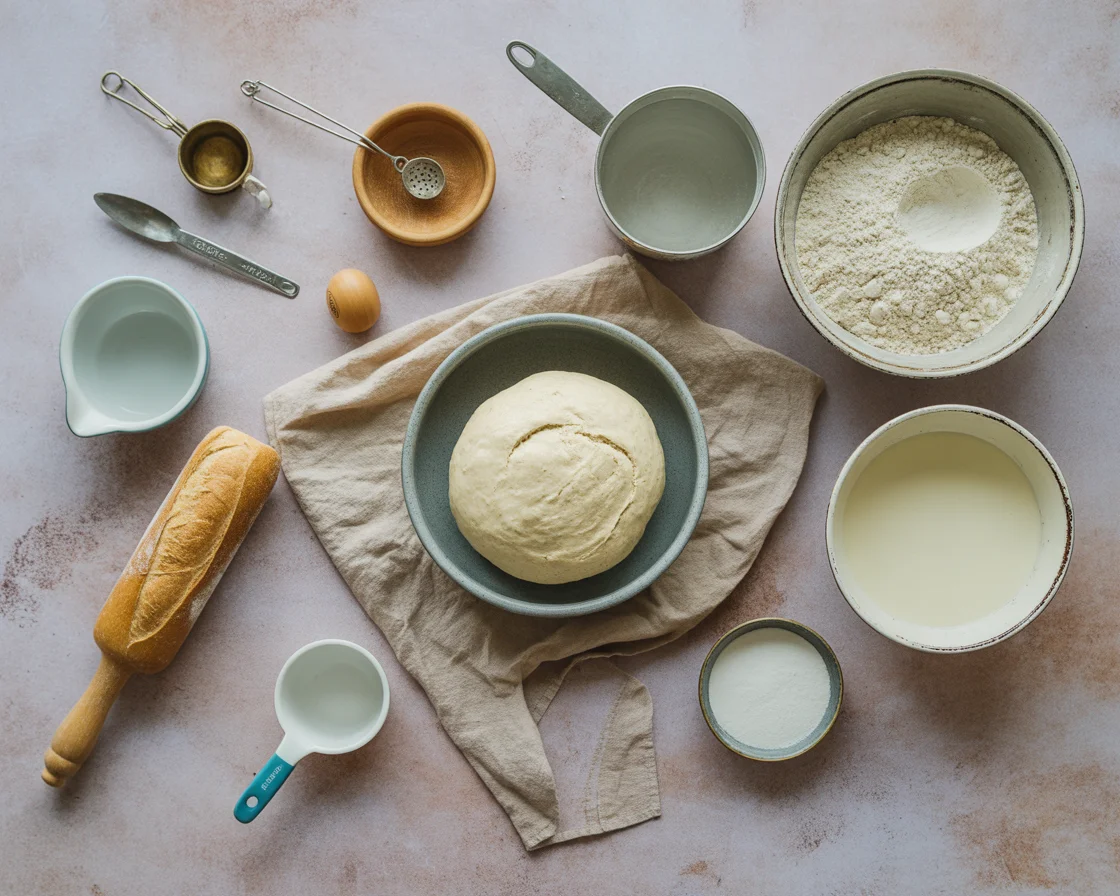
Step-by-Step Guide to Easy Sourdough Bread Making
Here’s where the magic (and a little mess) happen. Ready? I scribbled this on a sticky note the first time.
- Mix 2 cups gluten free flour with 1 cup bubbly starter.
- Add 3/4 cup water (start slow, gluten free flours get gooey quick).
- Sprinkle in 1 1/4 tsp pink salt (the color makes me happy, I admit it).
- Stir it up (it will look weirdly sticky—that’s normal).
- Cover with a towel. Let it rise somewhere kind of warm for 5-6 hours, until puffy.
- Scrape dough into a loaf pan, smooth the top with wet fingers.
- Bake at 430°F for about 50-55 minutes (loaf will be golden and sound kind of hollow when tapped).
- That’s it—let it cool so it doesn’t go gummy, then slice!
Now, if you feel extra fancy, add seeds or a swirl of olive oil before baking. Pop it in the freezer if you won’t eat it in a day (no shame).
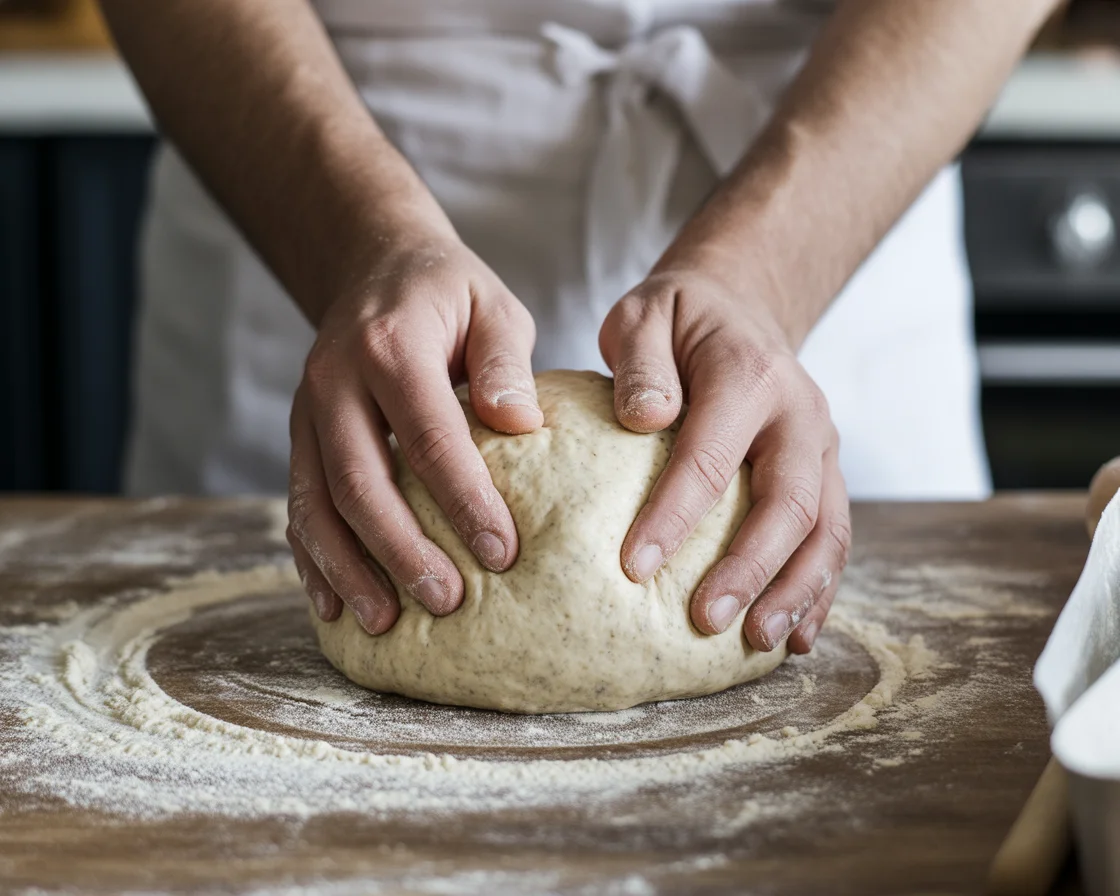
Health Benefits of Sourdough Bread
Okay, real talk. Why obsess over gluten free sourdough bread?
For one, your belly is going to thank you. Sourdough’s natural fermentation gobbles up parts of the flour that make digestion rough for some folks. People who normally get bloated after bread have told me this one feels… lighter. Maybe it’s wishful thinking, but I swear, my jeans agree.
Plus, gluten free sourdough bread skips all the weird gums, fillers, and chemical stuff in store loaves. When you bake it at home (with pink salt giving a mineral boost), it’s mostly just real food.
And, okay, it’s a confidence boost—pulling a warm loaf out of the oven? Instant kitchen hero.
“I didn’t believe gluten free sourdough could actually taste ‘bready.’ But this pink salt sourdough gluten free recipe made me rethink everything. My kids inhaled half a loaf before dinner.”
Serving Suggestions
I always get asked, “So what do you eat it with?” If your loaf disappears within the hour, no judgment. But here are a few easy ideas:
- Smear it with avocado and chili flakes for a breakfast that screams “I eat fancy.”
- Toast, then top with fresh tomatoes and olive oil—that’s summer in a bite.
- Use thick slices for epic sandwiches (psst, if you want the classic feel, check out this gluten free sourdough sandwich bread recipe).
- Maybe dunk hunks in hearty soups (bonus points for extra pink salt on top).
If you’re all about variety, dive into even more gluten free bread recipes; it’s honestly a flat-out rabbit hole of deliciousness.
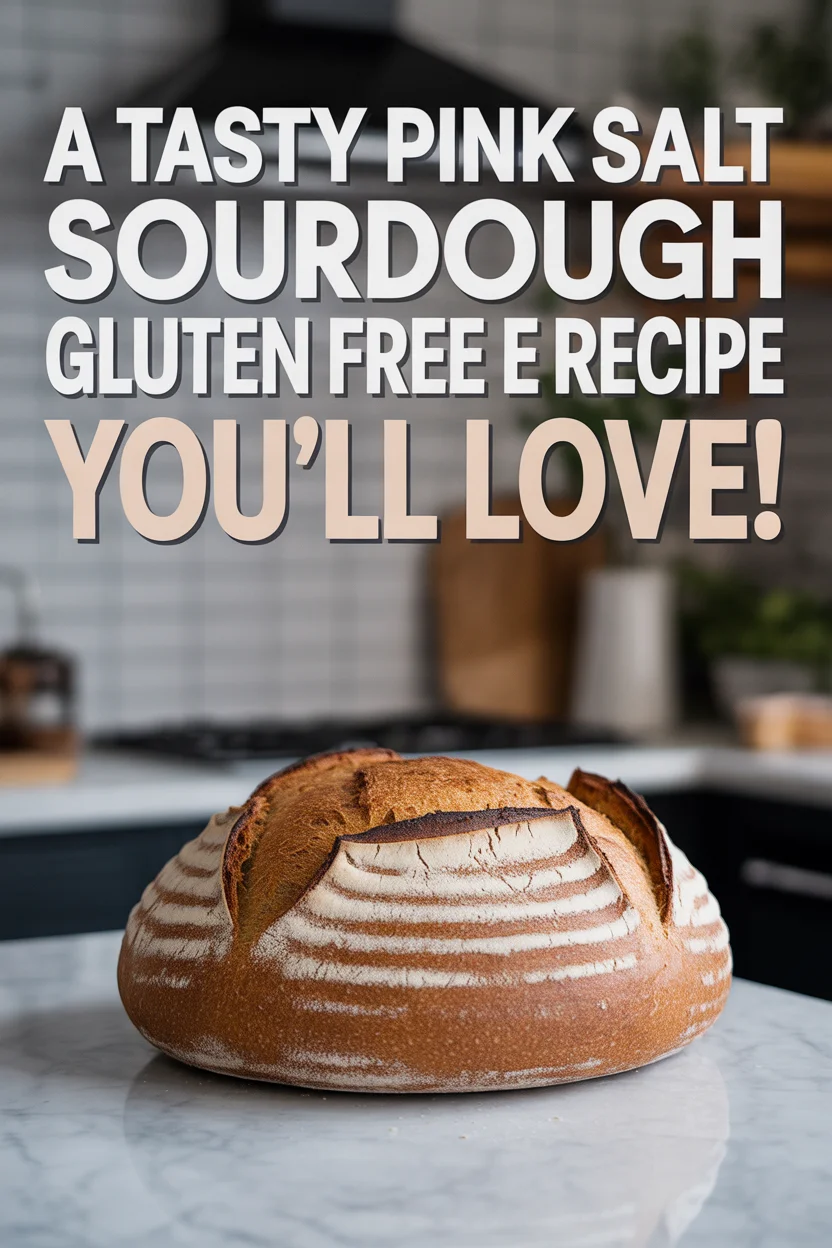
Why You’ll Keep Coming Back for More (Yes, Really)
Nothing beats that proud moment when you first slice into your homemade gluten free sourdough bread—especially after thinking it was impossible. I promise, after a loaf or two, you’ll be the one teaching friends your pink salt sourdough gluten free recipe hacks (even if your kitchen looks like a bomb went off).
If you’re craving more adventures, I can’t recommend enough checking in with this Facebook sourdough community for support and tips. And scientific fact: fresh bread fixes most moods.
For the rare times you’ve made extra, try transforming leftovers into chewy gluten free sourdough bagels or even easy gluten free sourdough pizza dough. It’s more versatile than most of my wardrobe, if I’m honest.
Other bakers figured it out, so can you—don’t overthink, just bake and see what happens!

